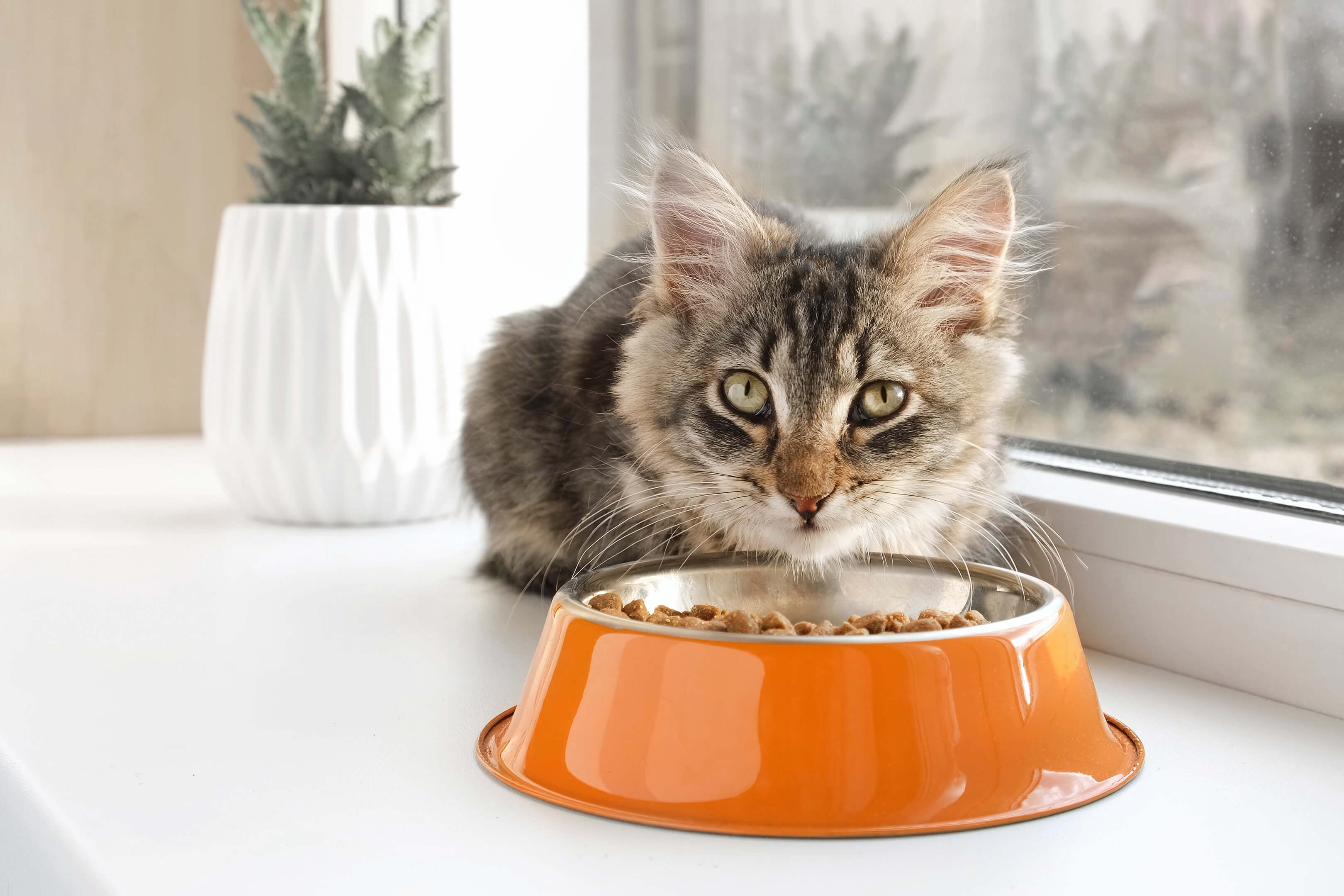
How to Manage Your Cat’s Joint Health with Nutrition
Cats are loving and playful companions, and as their owners, it’s our responsibility to provide them with all the care and love they need to stay happy and healthy. This is especially important as they age. While we’re used to cats spryly jumping and flipping around acrobatically, over time, this can take a toll on their joints. Particularly among senior cats, joint issues are one of the most common health concerns pet owners need to manage.
As cats age, they can develop joint problems like arthritis and hip dysplasia, which can cause pain and decrease their quality of life. Thankfully, while joint issues are common in cats, there are several steps you can take to minimize them with proper nutritional support.
Let’s examine the role of nutrition in maintaining your cat’s joint health and tips you can explore to promote healthy joints in your feline friend.
Signs of joint issues in your cat
Just like humans, cats can develop joint problems like osteoarthritis, hip dysplasia and other joint issues as they age. It’s important to recognize signs and symptoms of these joint problems before they have a chance to significantly impact your cat’s quality of life—or lead to further health complications.
If you’ve got a senior cat—or even a rambunctious feline friend that likes pounce around from great heights—keep your eye out for these common signs of developing joint issues:
- Difficulty walking up and down stairs
- Difficulty jumping or climbing
- Limping or reluctance to play
- Joint stiffness or trouble stretching
Some cats also become more vocal as they age, meowing or yowling when they’re bothered by stiffness. This is something to watch for in the morning or at night, before or after cats are most active.
Choosing the right cat food for joint health
The food your cat eats every day plays a critical role in managing their joint health. When it comes to choosing the right cat food for your aging feline friend, read labels carefully. Some key ingredients that you should look for include high protein levels, healthy fats like fish oil and joint-supporting nutrients like glucosamine and chondroitin. You might also choose specialized formulas that are tailored to support your cat’s joint health.
Essential nutrients for joint health
Nutrition plays a crucial role in promoting joint health in cats, and supplementation is a common first step recommended by vets. Here’s a breakdown of some of the vitamins and minerals your cat needs to enjoy better joint health.
- Omega-3 fatty acids: Omega-3 fatty acids are known for their anti-inflammatory properties, making them an excellent supplement for cats with joint issues. They can promote joint comfort by reducing inflammation, improving joint flexibility and supporting the production of cartilage, which acts as a cushion between bones. Consider adding omega-3 supplements to your cat’s food to boost their daily intake.
- Glucosamine and chondroitin: Glucosamine helps in the production of cartilage and synovial fluid, while chondroitin helps to prevent the breakdown of cartilage by improving its elasticity. Together, these natural compounds reduce joint inflammation and improve mobility. If you want to boost your cat’s intake of both, take a natural approach and consider including bone broth or shellfish meat to your cat’s diet.
- Antioxidants: Antioxidants play an essential role in reducing inflammation, swelling and joint pain by neutralizing harmful free radicals. It’s easy to incorporate more antioxidant-rich foods in your cat’s diet. Delicious fruits like blueberries and cranberries as well as leafy green vegetables like spinach or kale are antioxidant-rich. These foods provide essential vitamins and minerals while promoting overall health.
Remember to always consult with your vet before adding any new foods or supplements to your cat’s diet. While everything mentioned above is natural and generally safe, it’s always a good idea to involve your vet in your home care approach to make sure your cat continues to get all the nutrients they need for total-body wellness.
Other strategies for promoting joint health
Beyond what you feed your furry friend, there are other natural strategies that can help promote joint health, including weight management, regular exercise and modifications to their environment.
Keeping your cat at a healthy weight can help reduce joint stress, and regular exercise can help strengthen muscles and improve flexibility. You might also consider creating an environment that prevents them from reaching high places and limits rigorous jumping or landing that might hurt their joints.
A holistic approach can support your cat’s joints
Joint health plays a critical role in your cat’s wellbeing—and it’s something every pet parent should pay careful attention to as their feline ages. A holistic approach that incorporates proper nutrition and supplementing, weight management and environmental modifications can help promote healthy joints in your cat and improve their quality of life.
By committing to nutrition for joint health and seeking help from your veterinarian (when necessary), you can help your cat live a happier, healthier life as they age.



